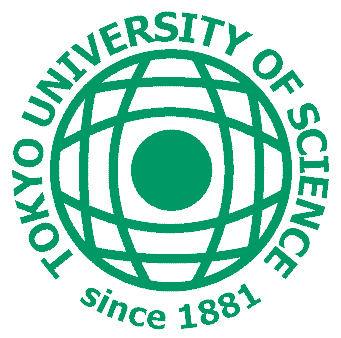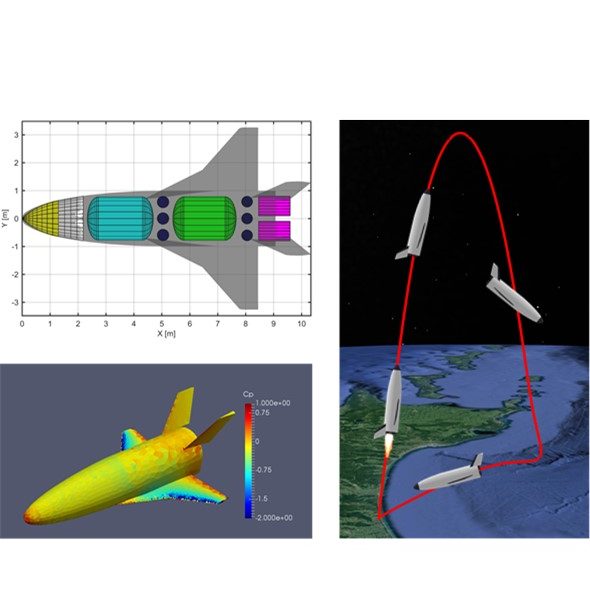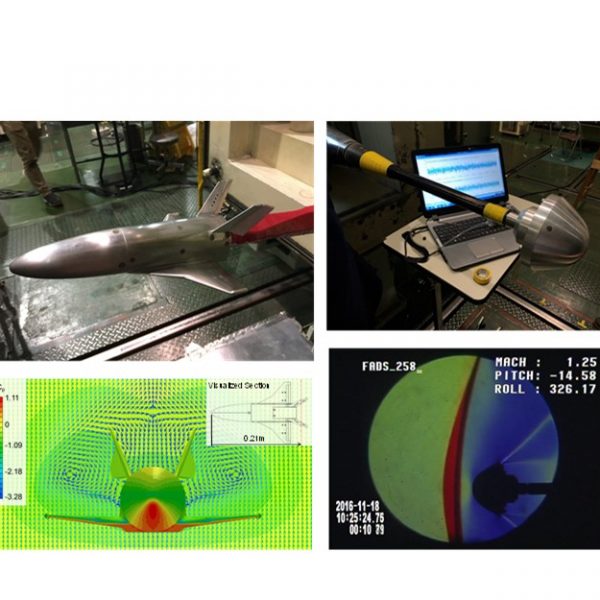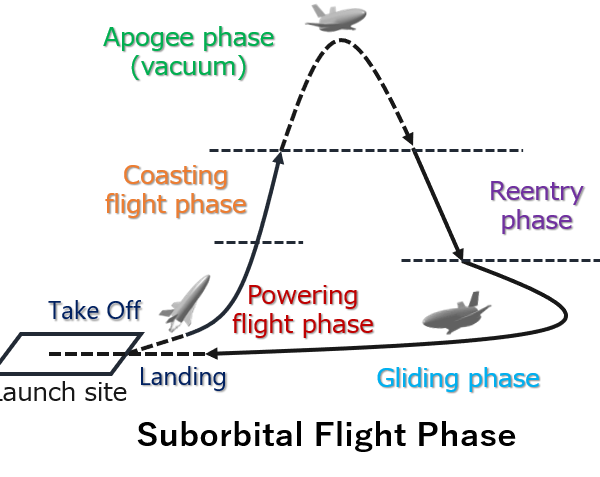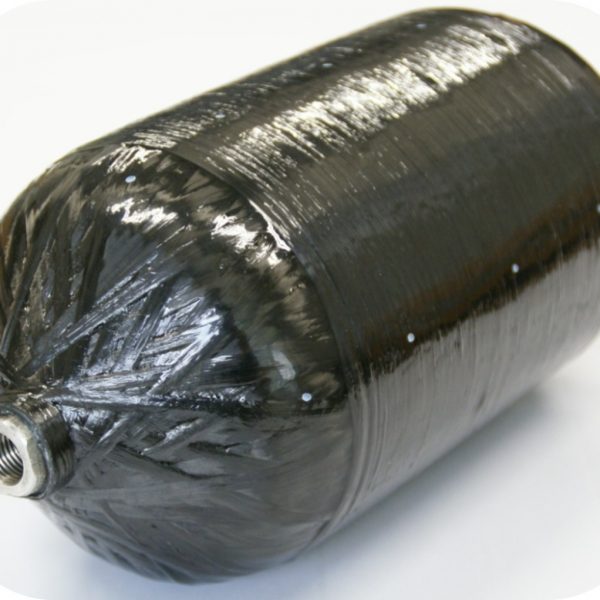Strong interactions between vehicle design and trajectory design must be considered for the efficient design of winged reusable space transportation systems. We have studied system optimization technologies or MDO (Multidisciplinary Design Optimization), which makes it possible to optimize a system composed of interacting disciplines or sub-systems in an integrated manner.
In addition to working on theoretical researches for developing advanced optimization methods, we have applied them to system design of winged suborbital vehicles.
Reusable space transportation systems have wide range of flight conditions including supersonic and hyper-sonic regimes. There are several challenging issues on flight technologies in such high-speed environment due to the compressibility of air.
Among them, we have studied aerodynamic shape optimization and air data sensing system considering high-speed flight environment. These researches are carried out by using CFD (Computational Fluid Dynamics) and wind-tunnel testing.
Based on the state quantity obtained from navigation, a target trajectory that can fly is generated by the set guidance law, and the target state quantity that realizes it is given. The target trajectory is realized by giving the manipulated variable to the controlled object by the control law so as to follow the given target state variable.
The structure of space transportation system mostly consists of propellant (fuel and oxidizer) tanks. Metallic materials such as aluminum alloys are used as the tank materials of the current expendable rockets. In order to realize reusable space transportation system, CFRP (Carbon Fiber Reinforced Plastic), which has superior specific strength than metallic materials, is to be applied to the cryogenic propellant tanks in order to improve the structural efficiency. In this laboratory, composite high-pressure hydrogen gas and liquid hydrogen tanks with superior gas barrier characteristics, and flame-retardant composite liquid oxygen tanks are studied.

